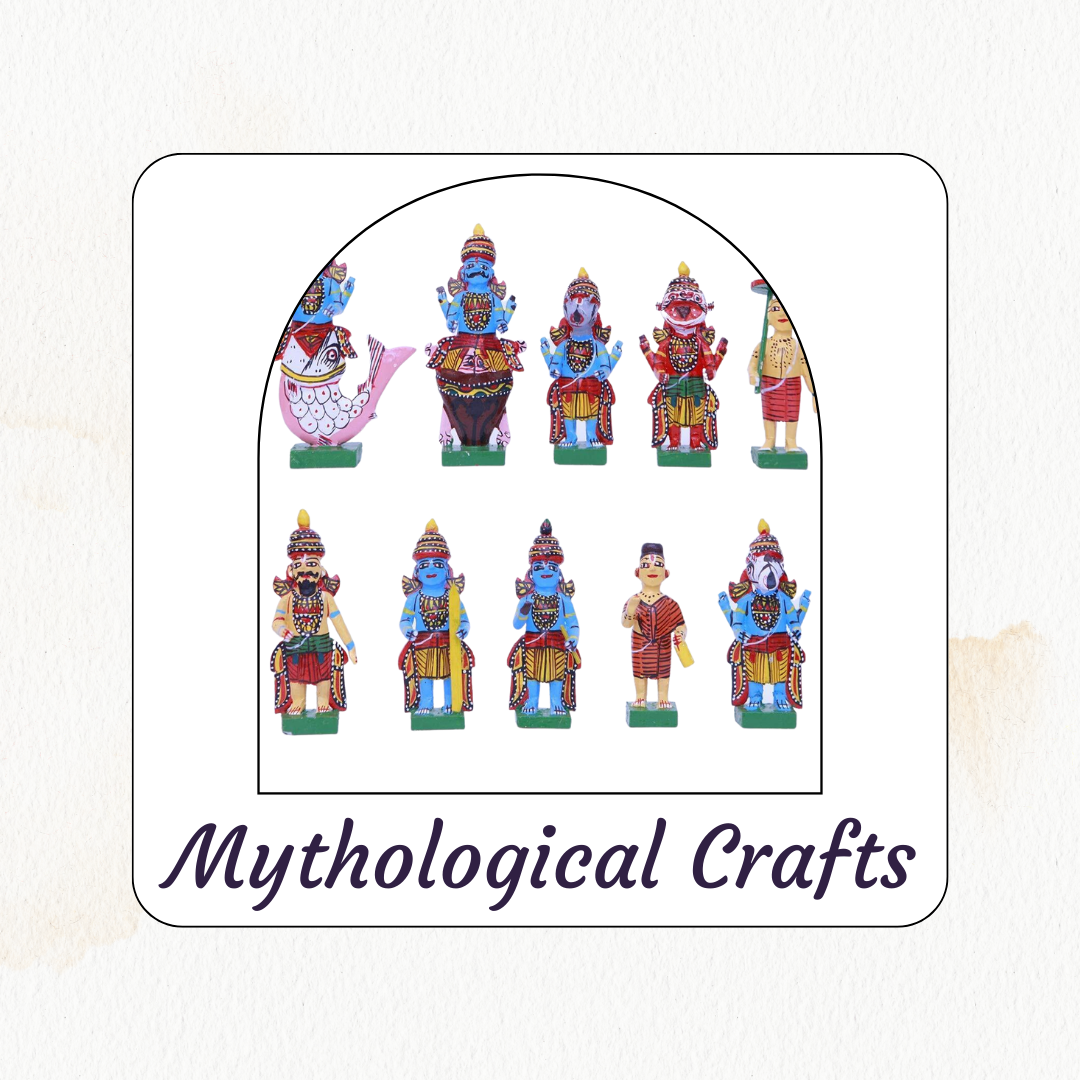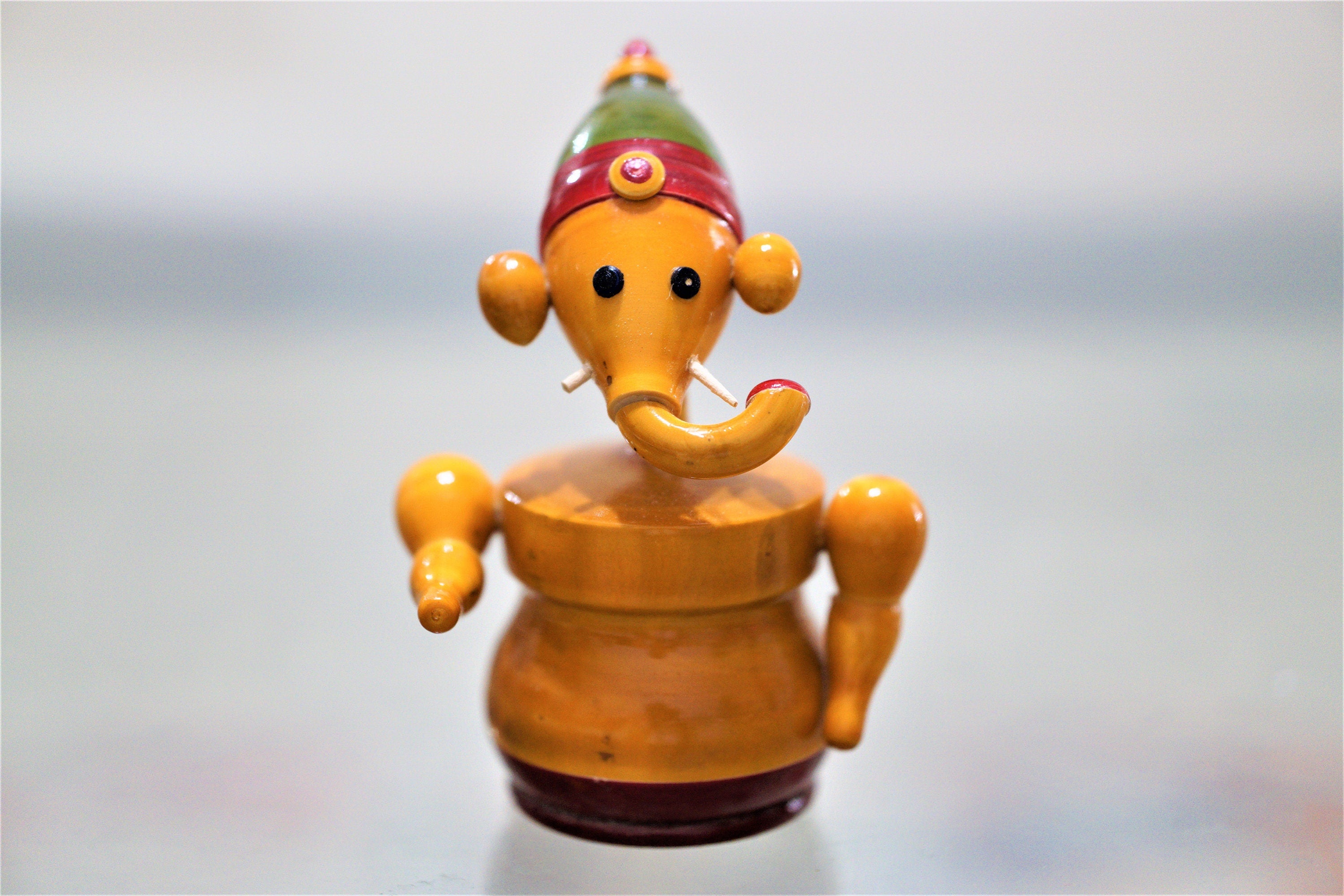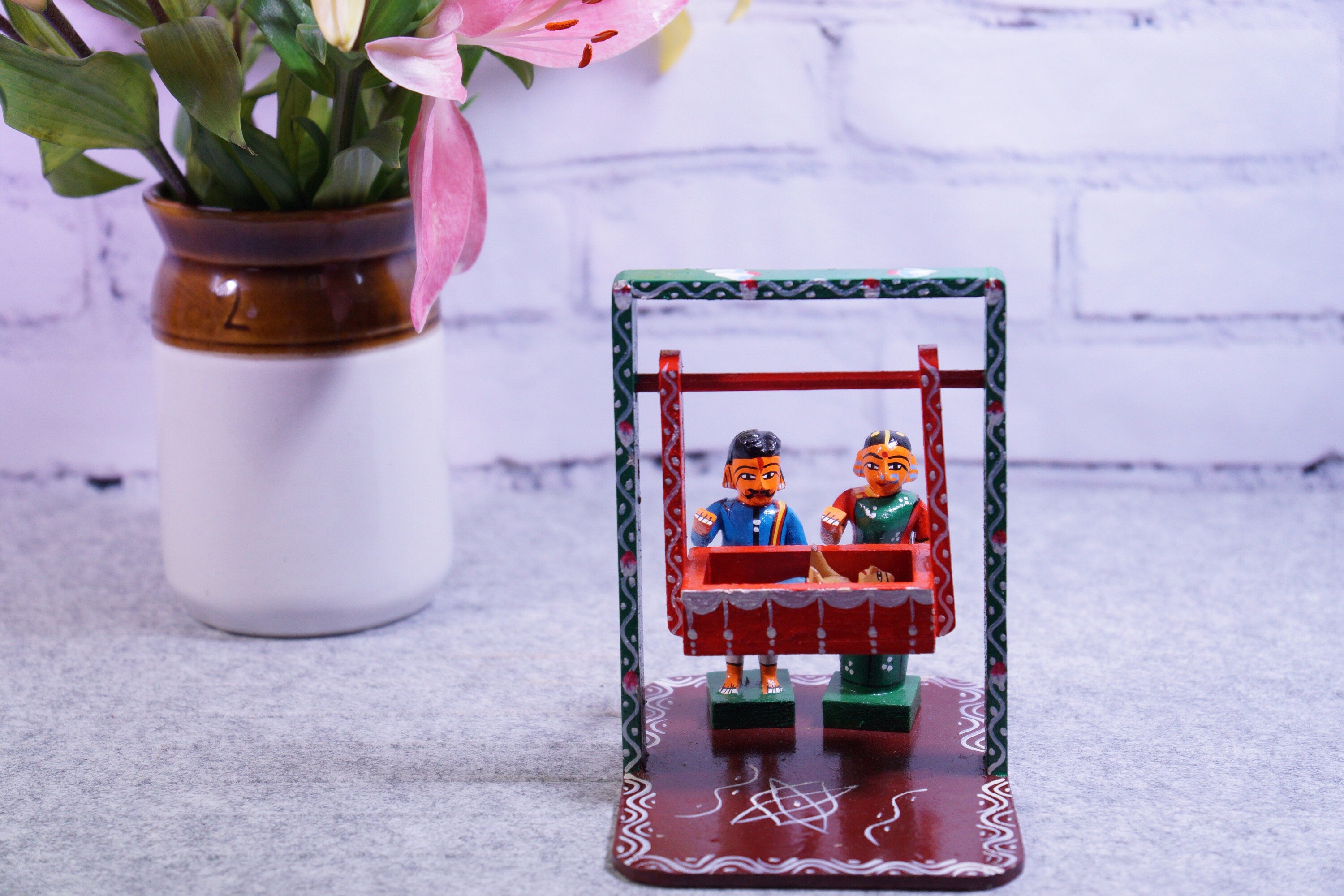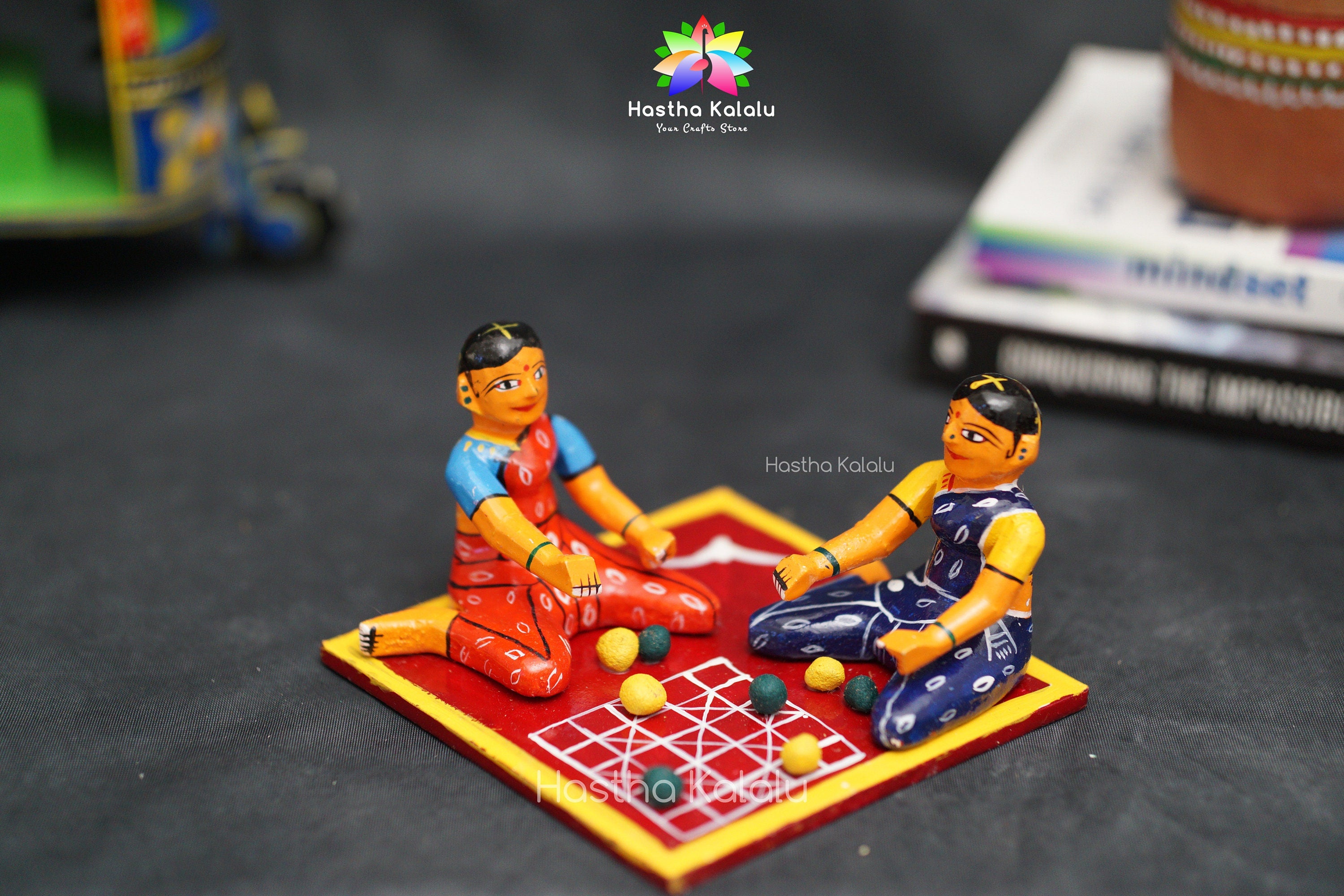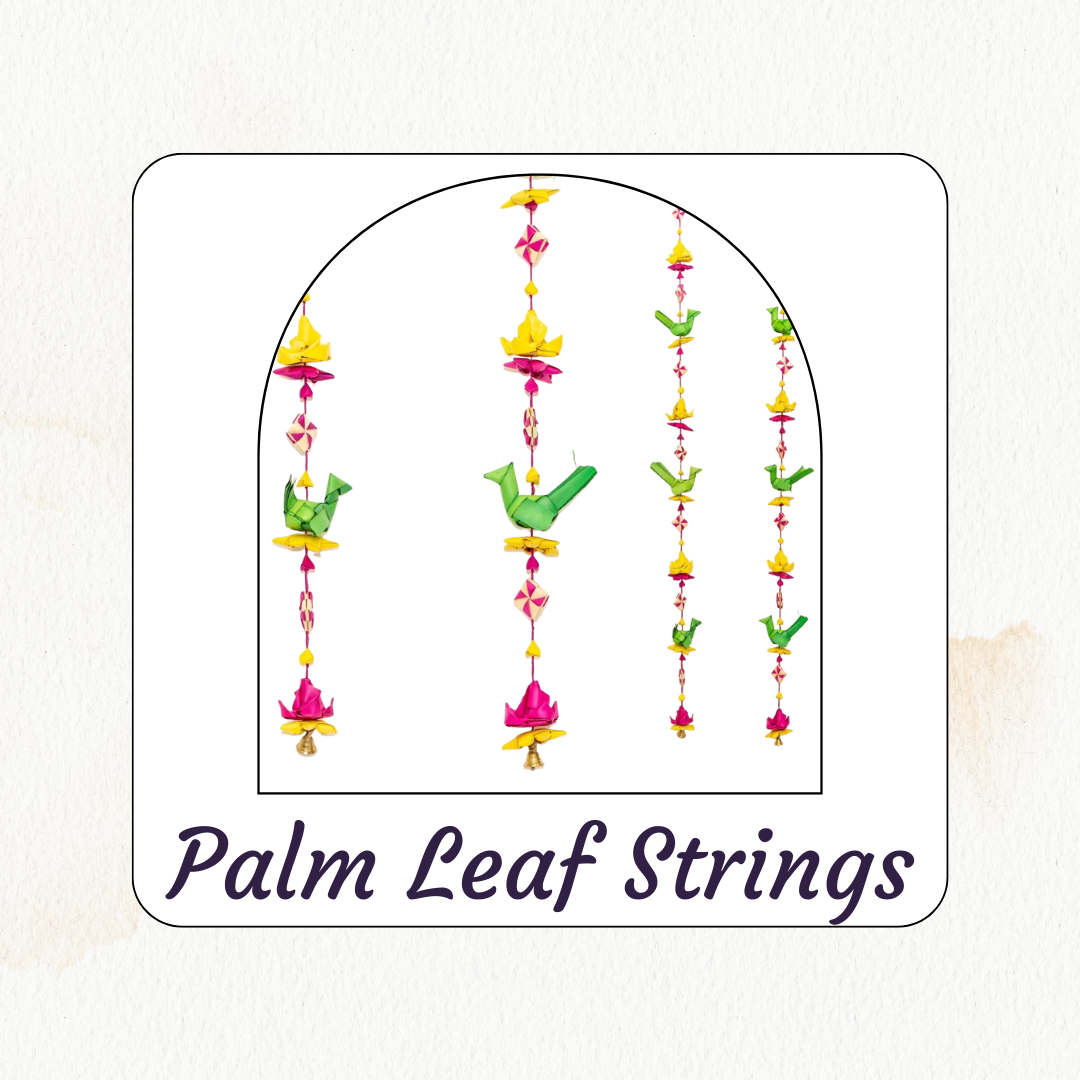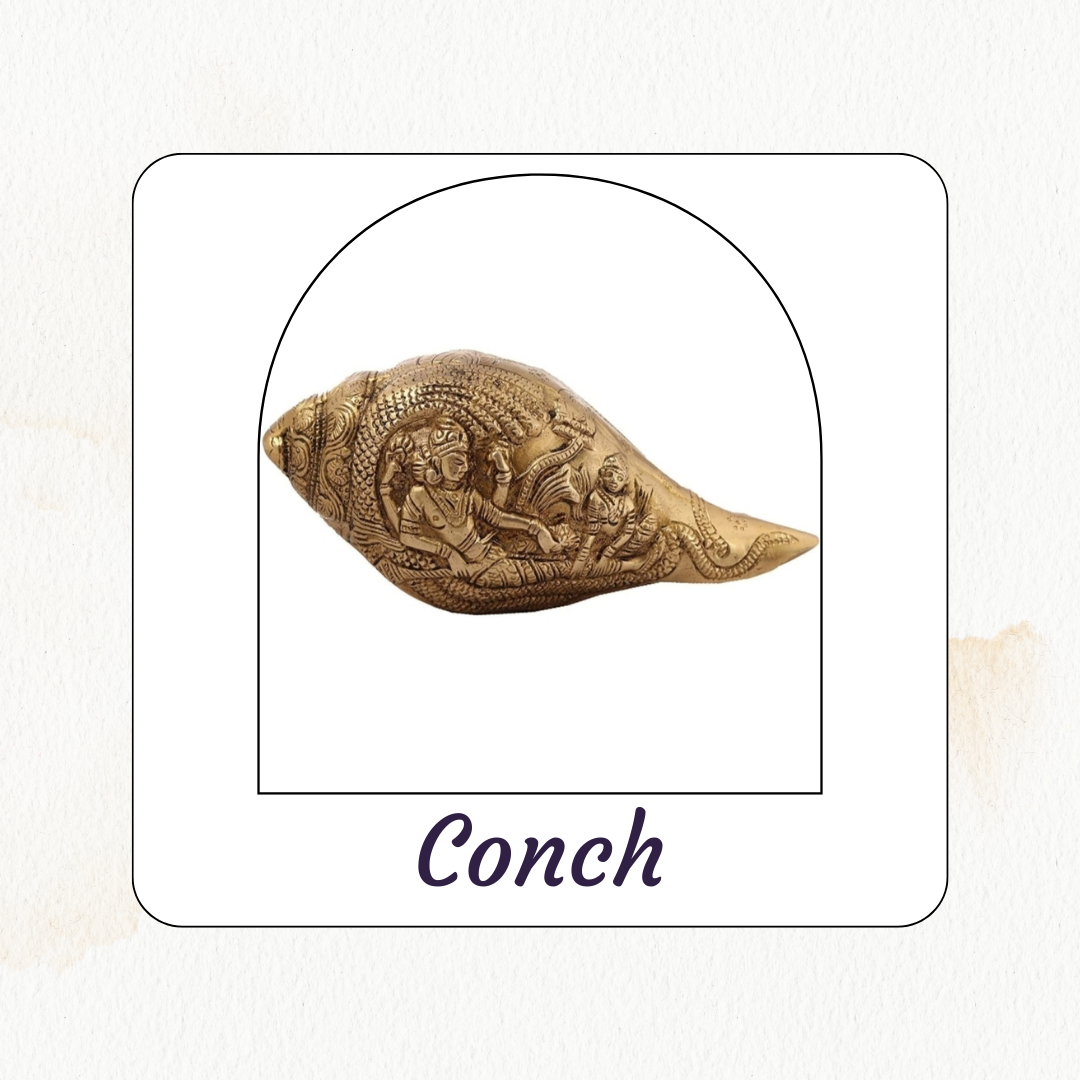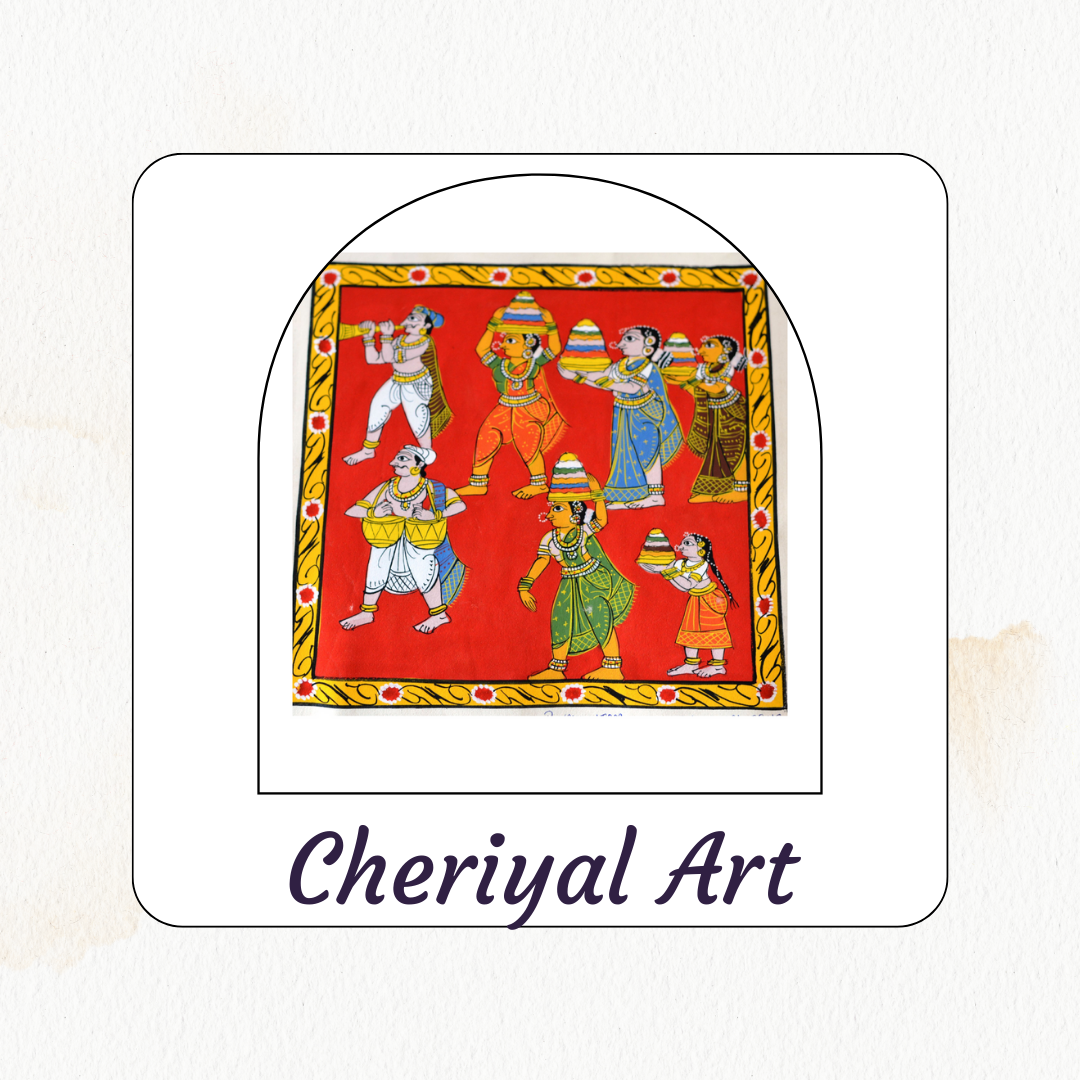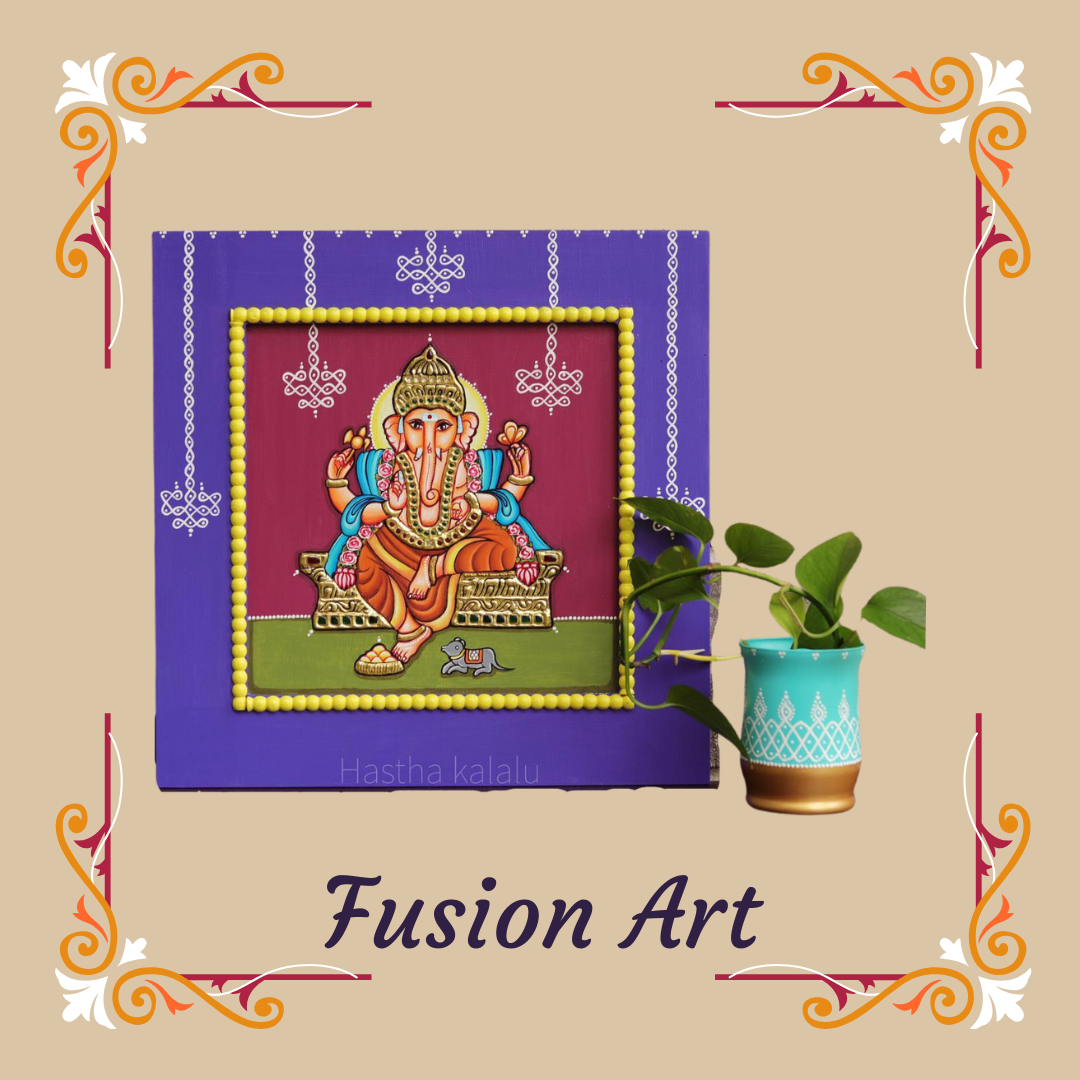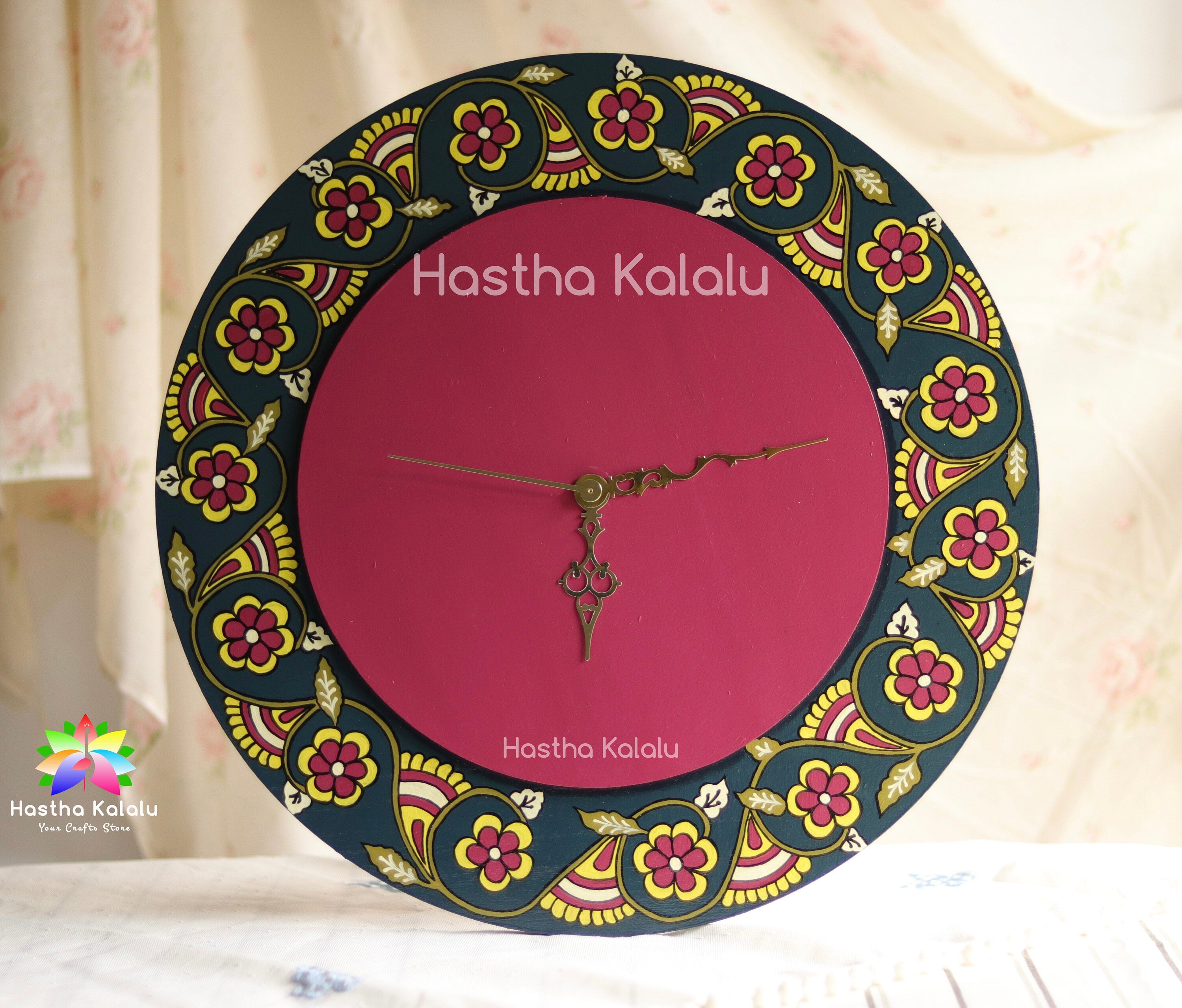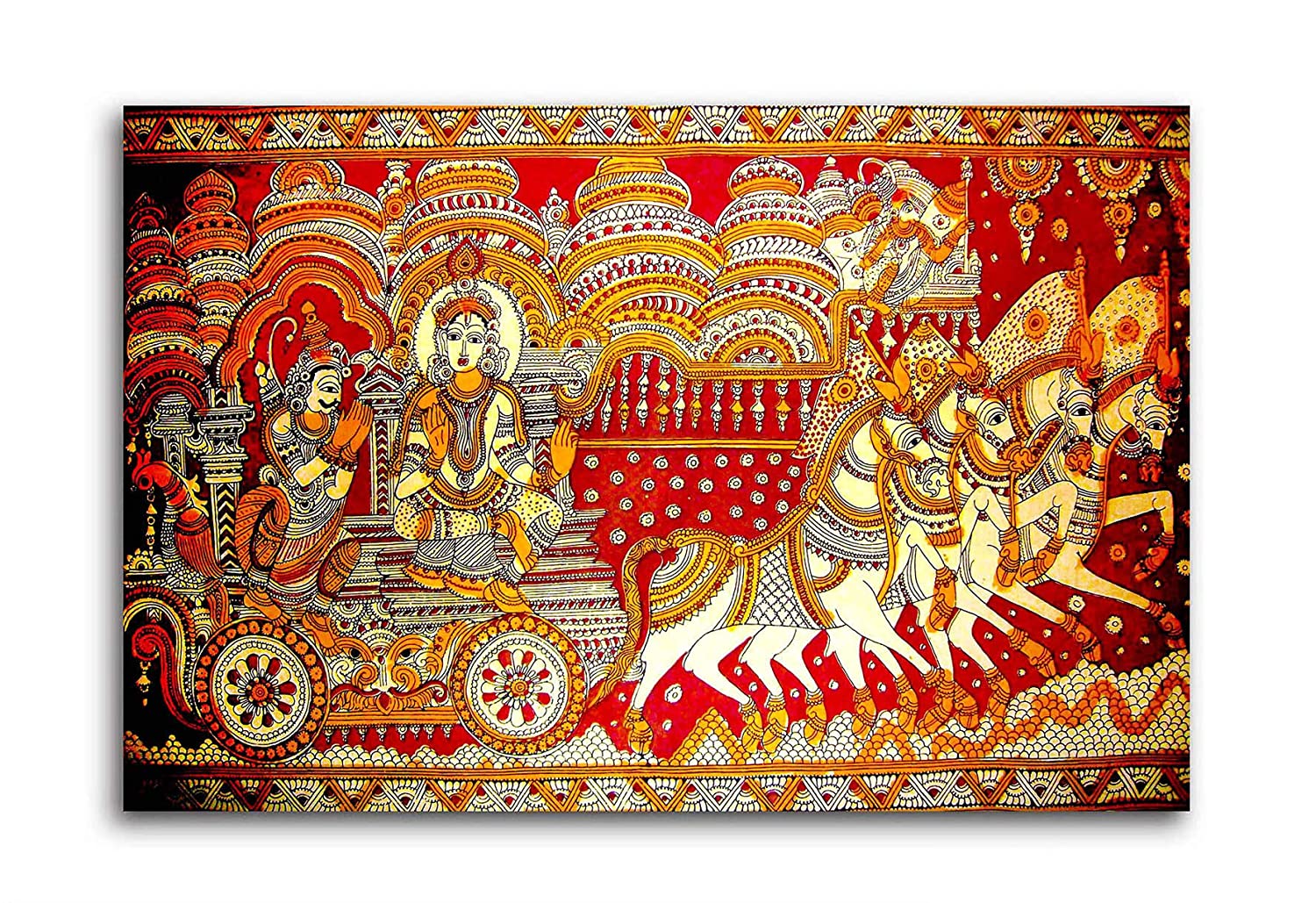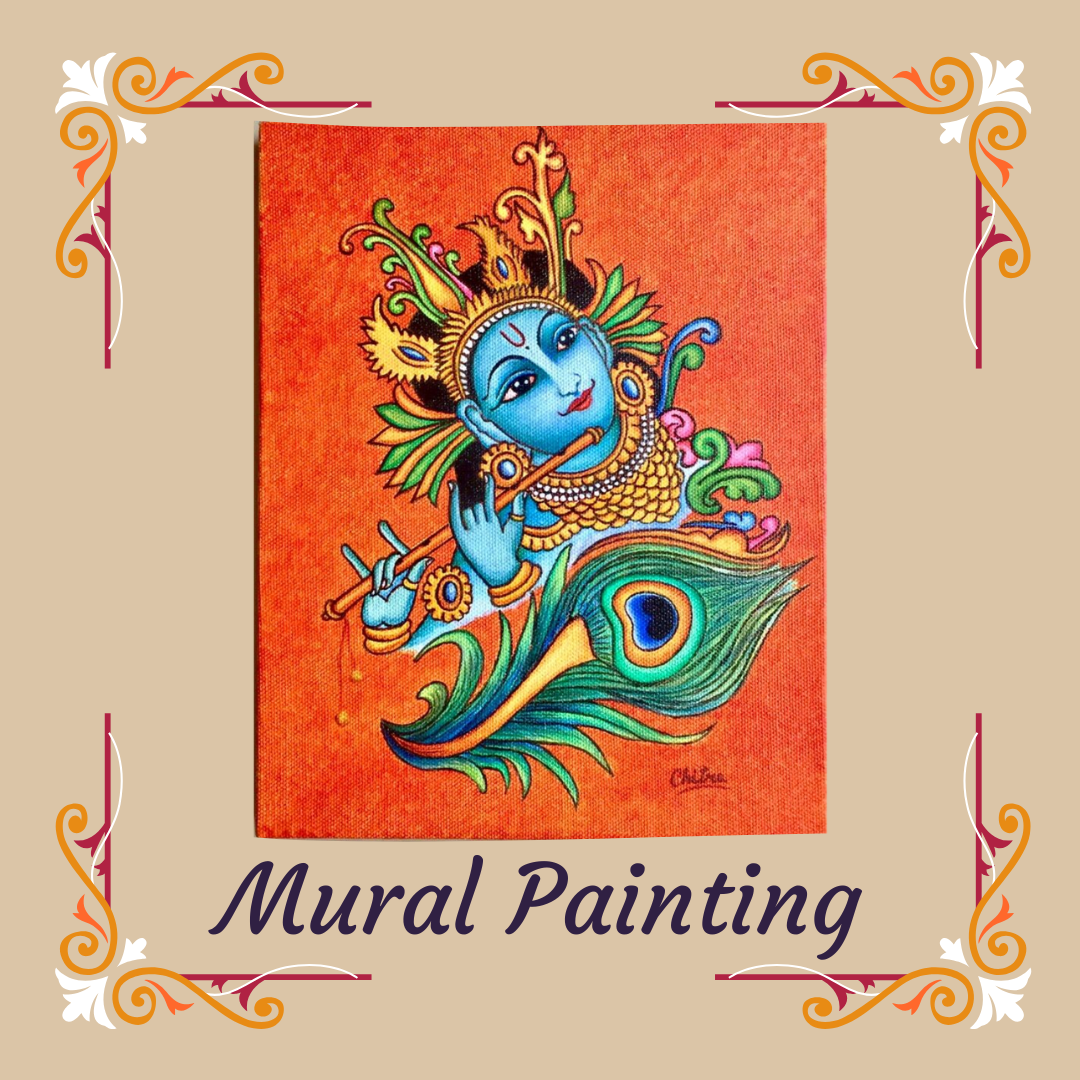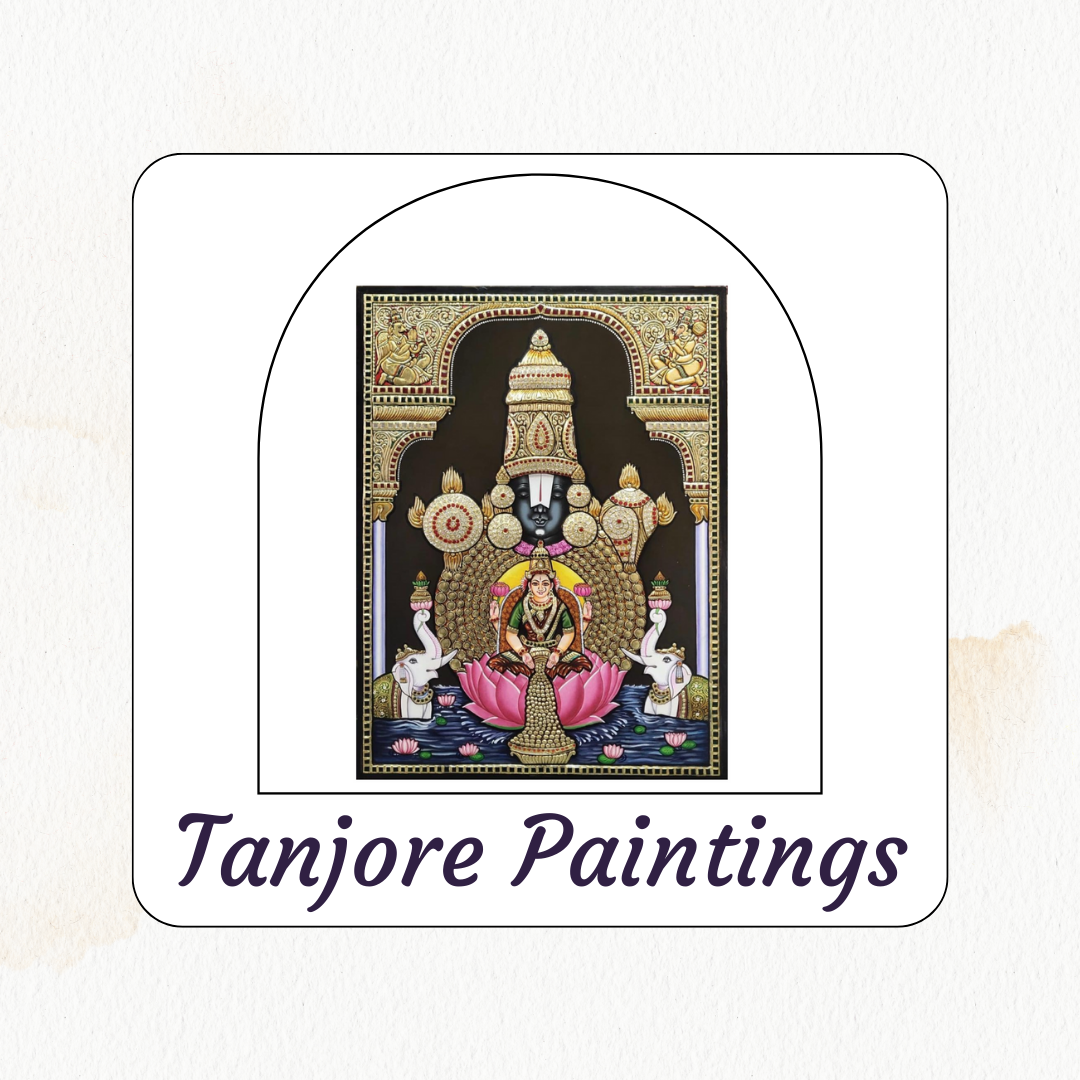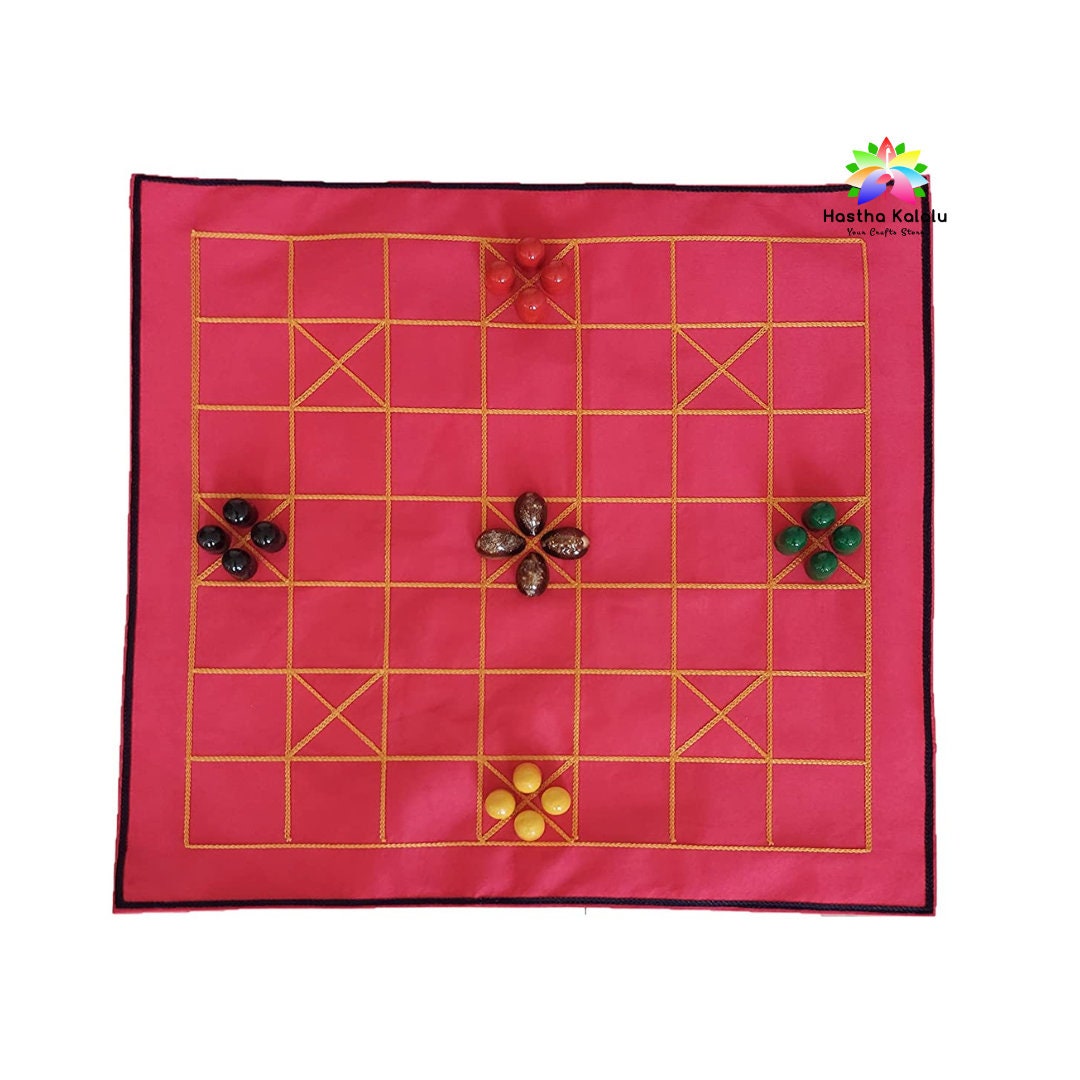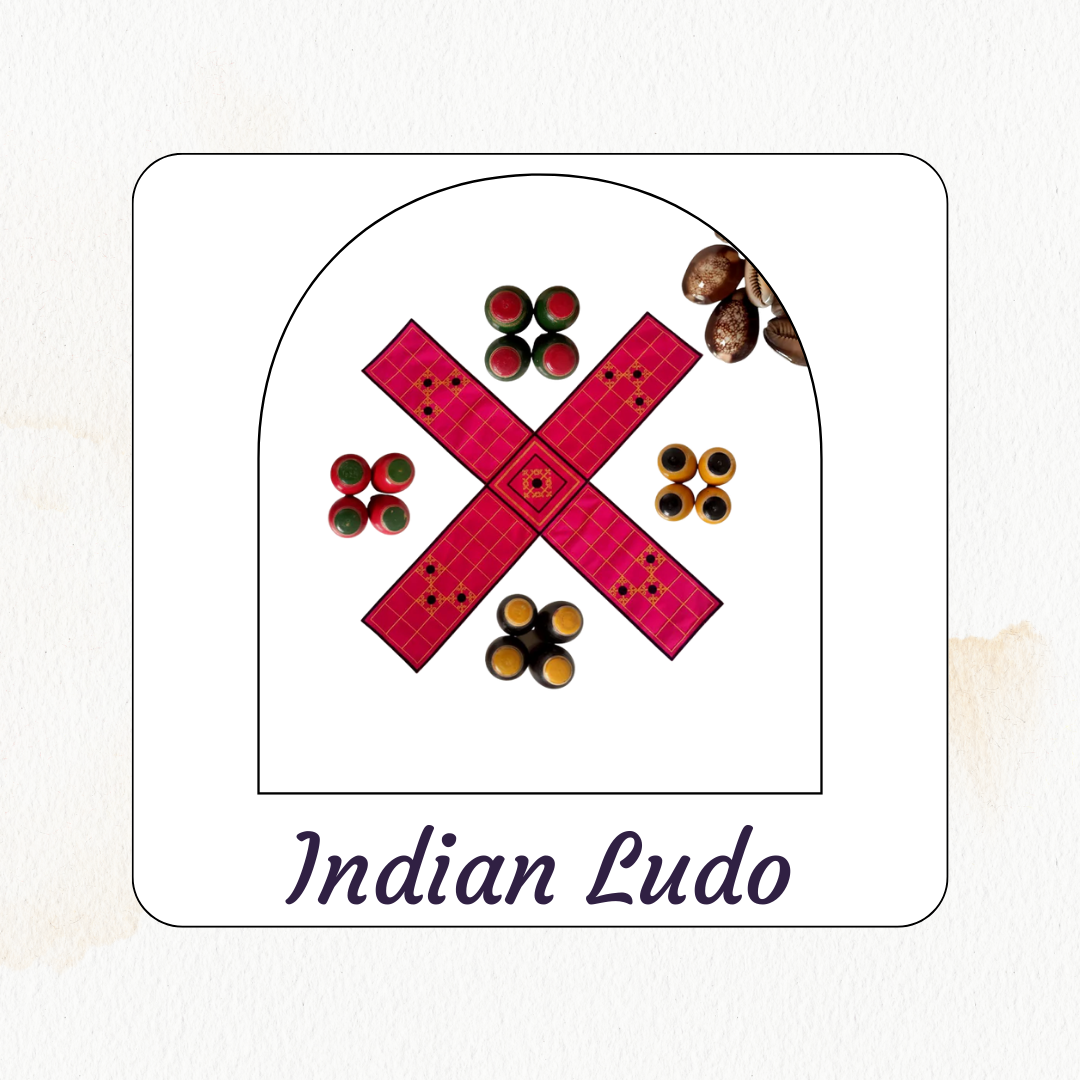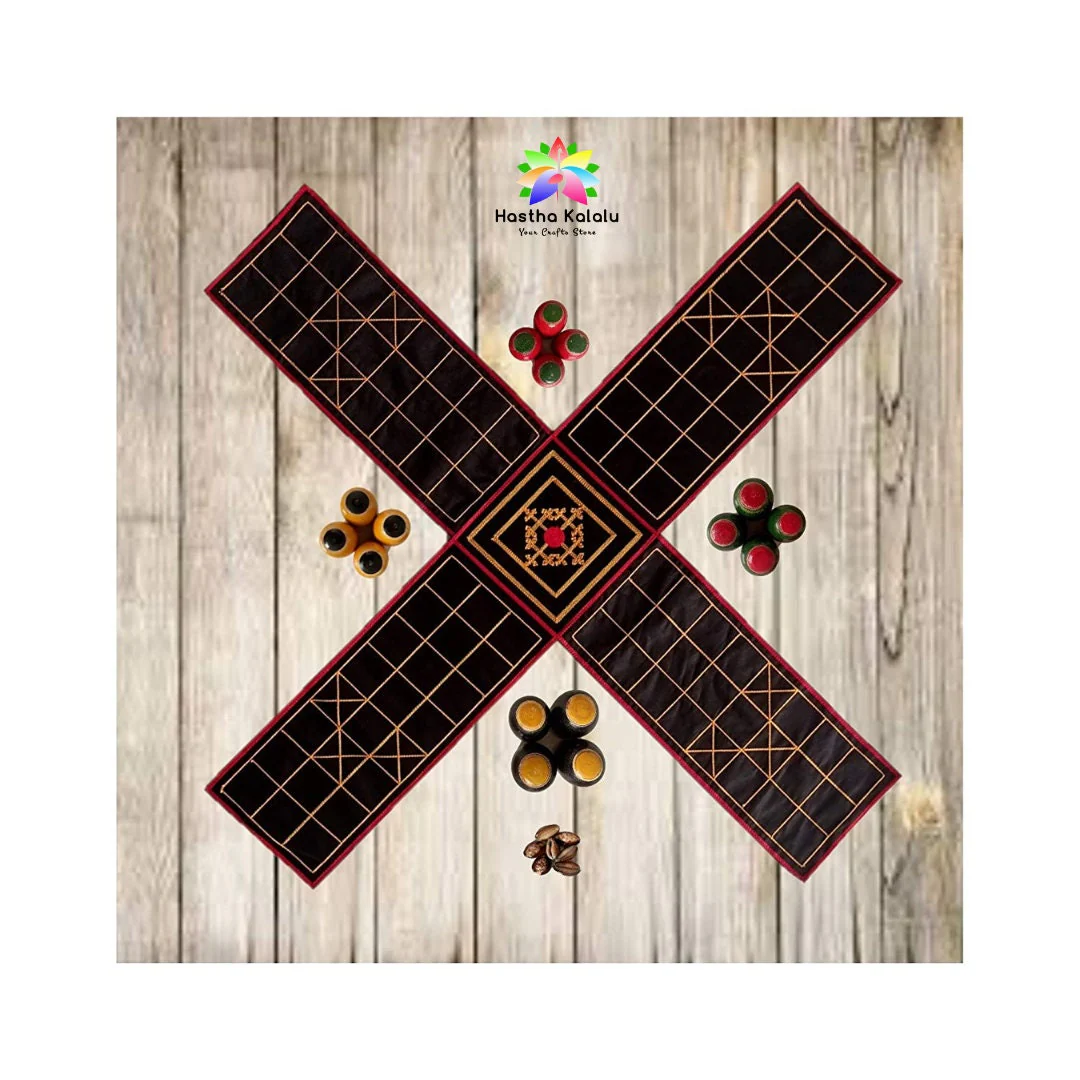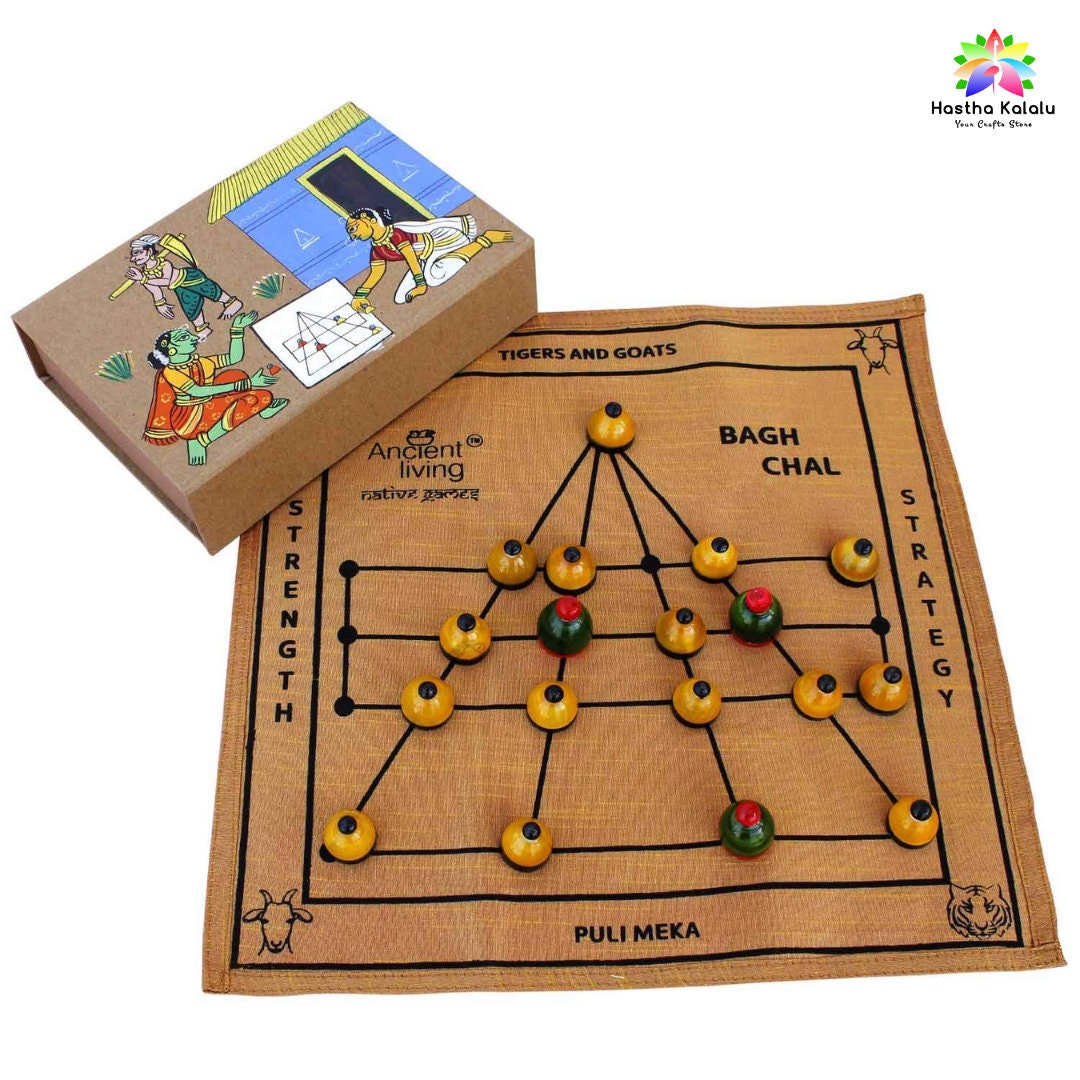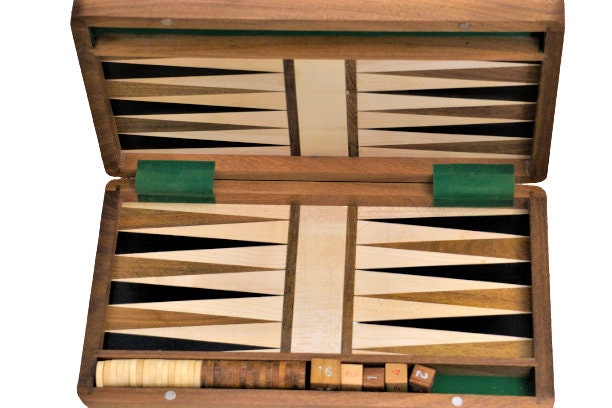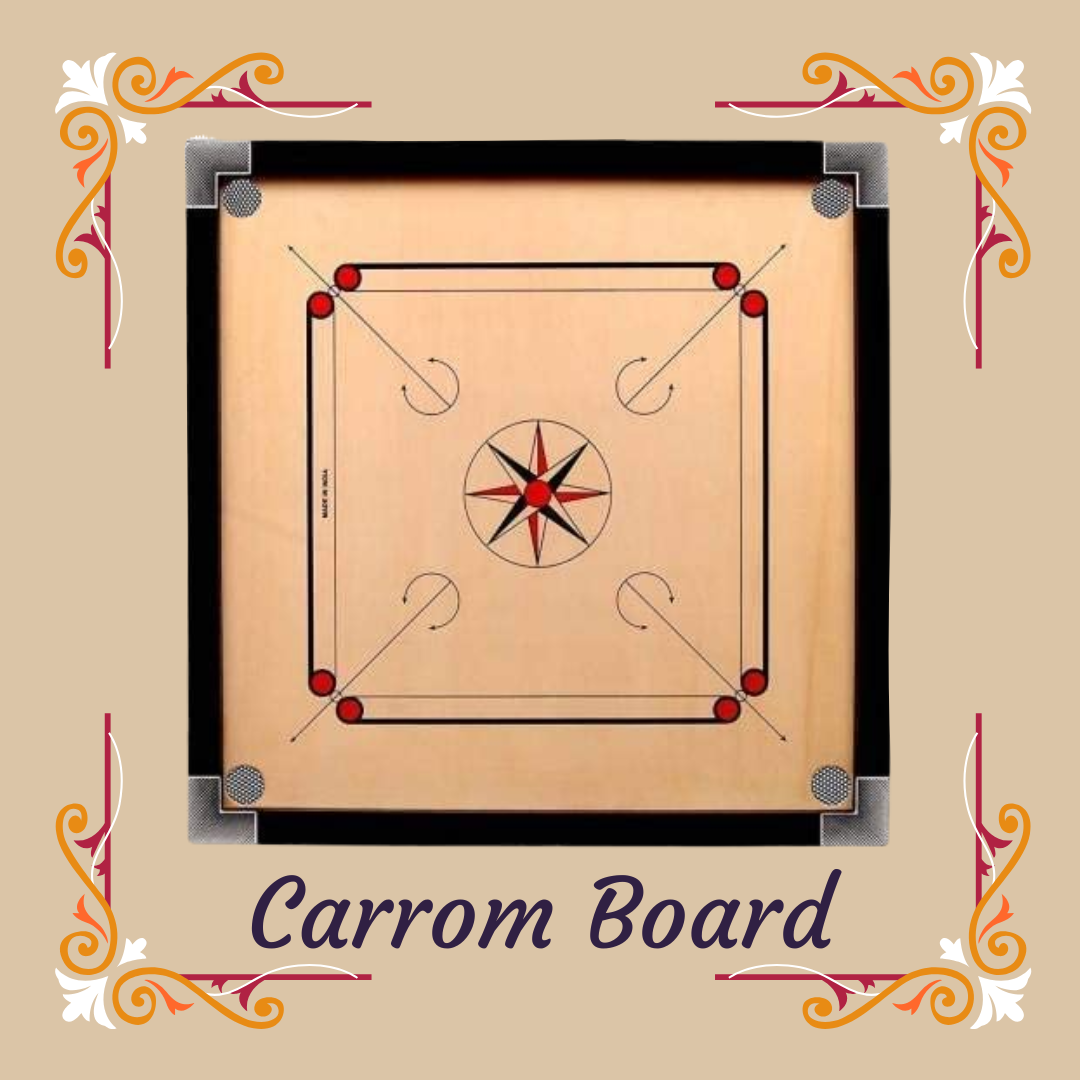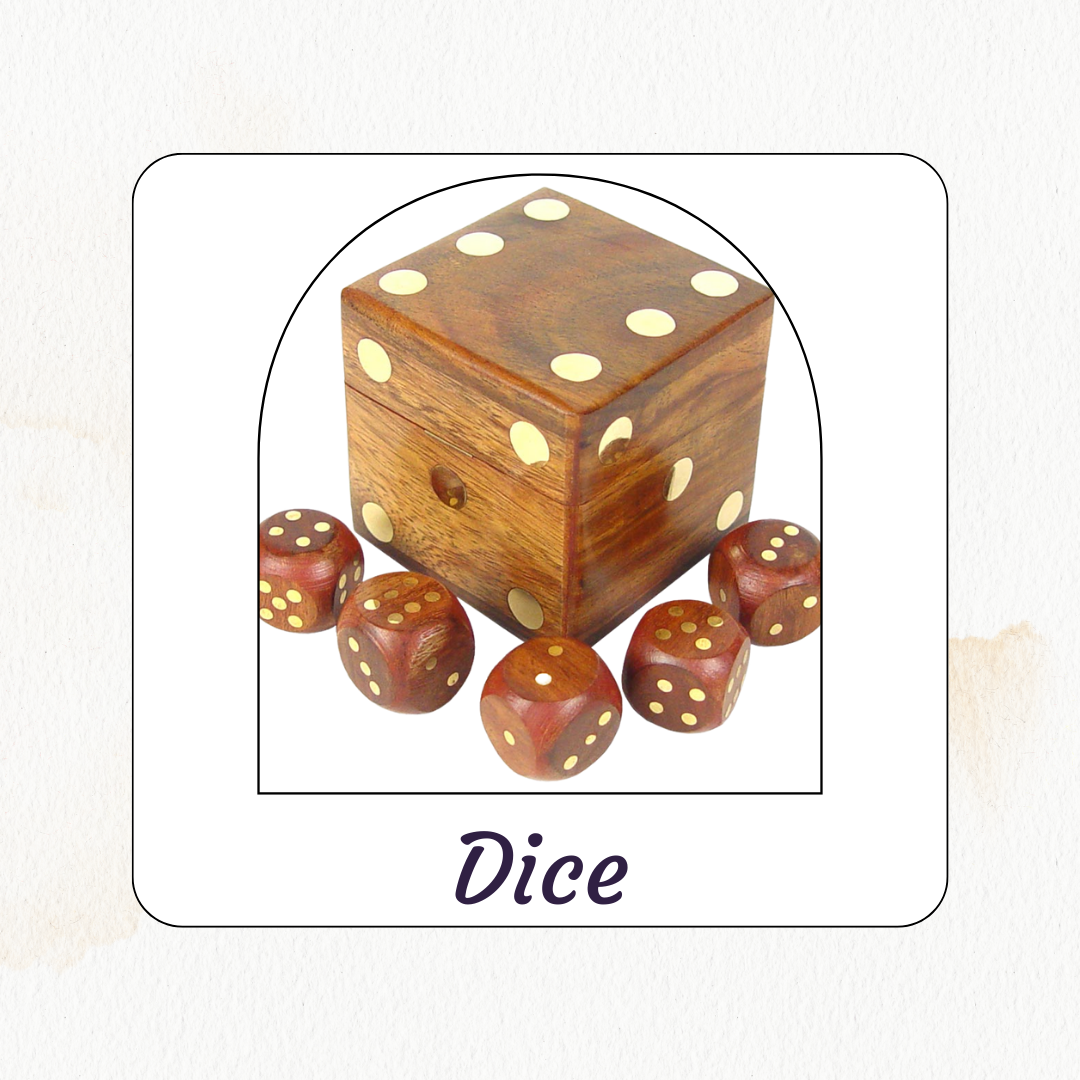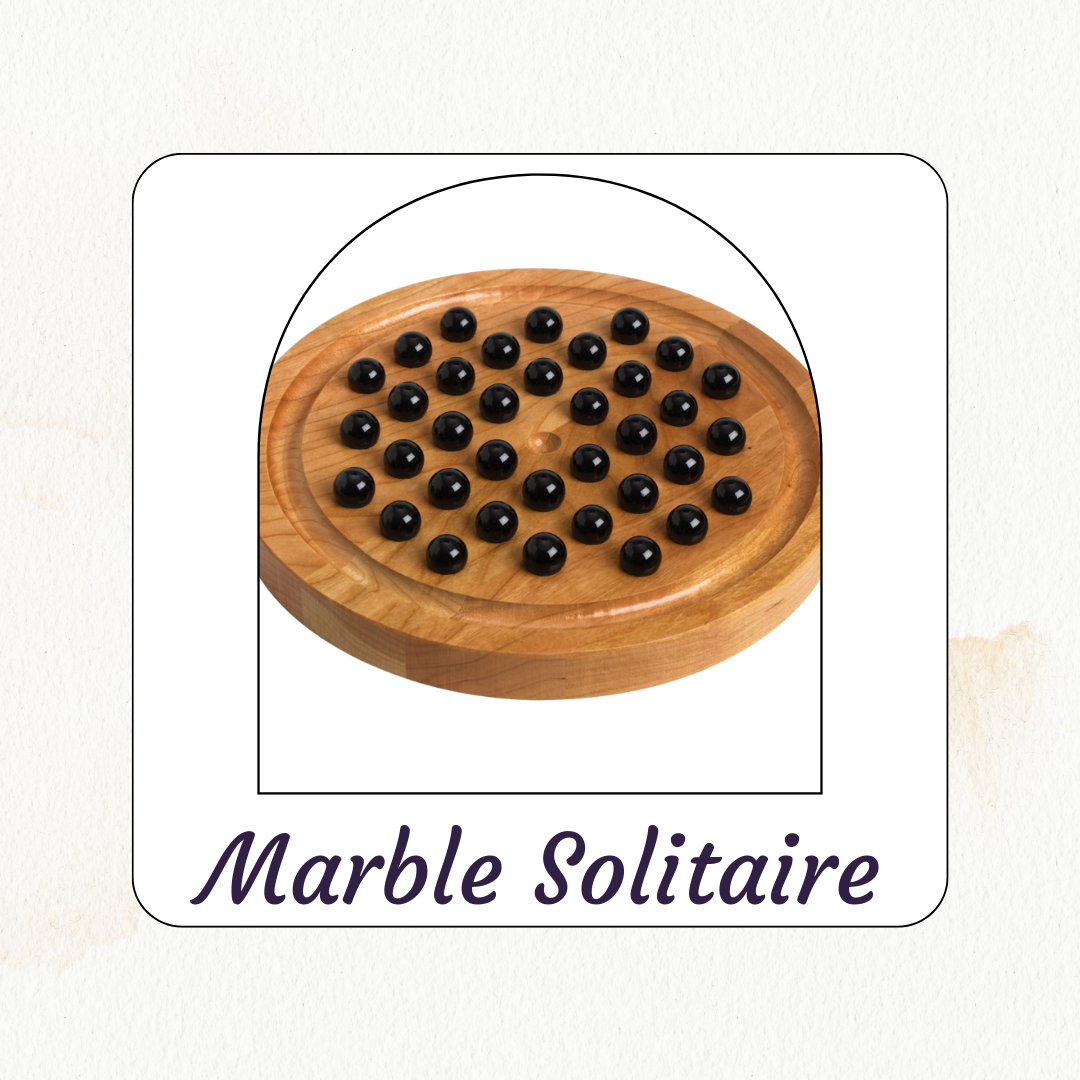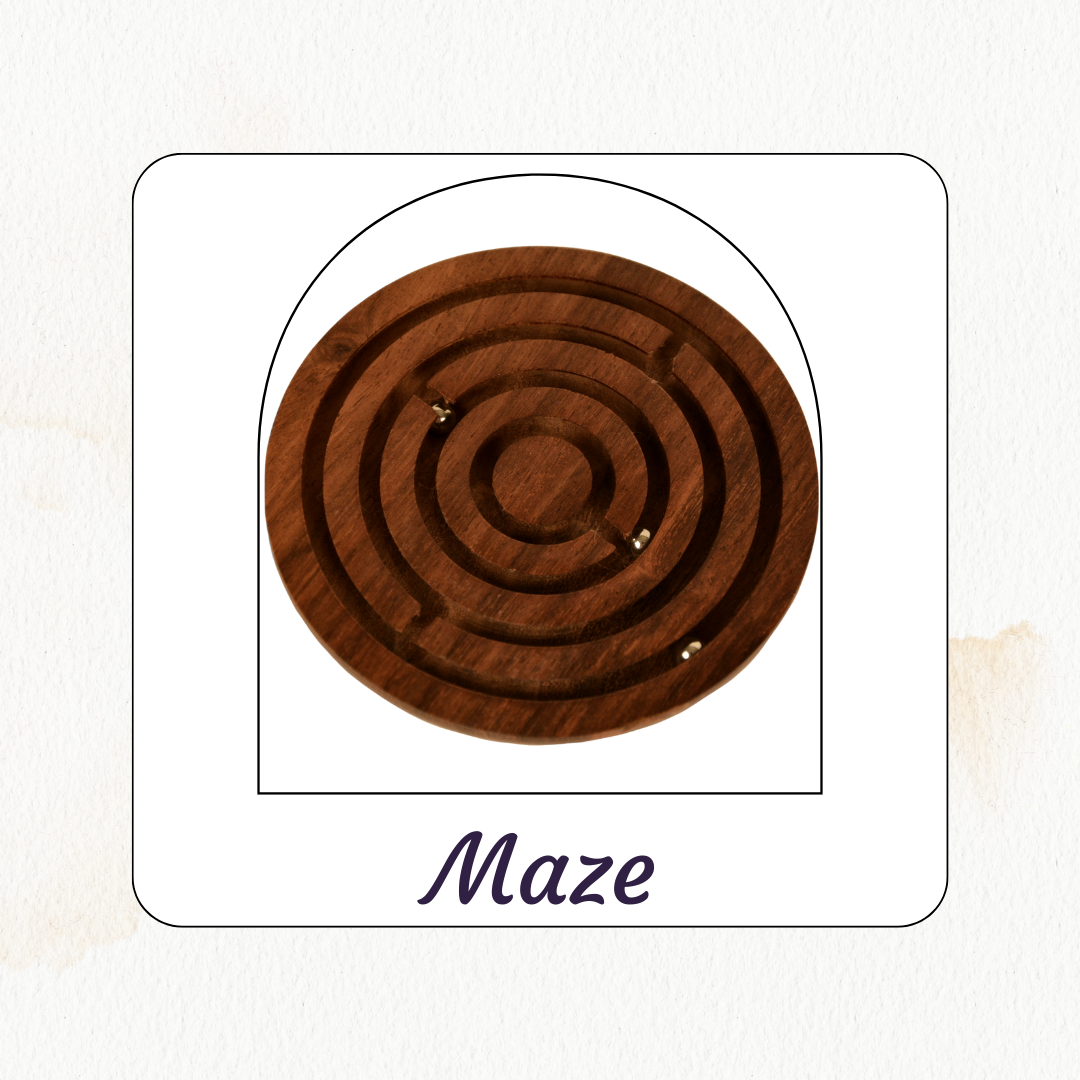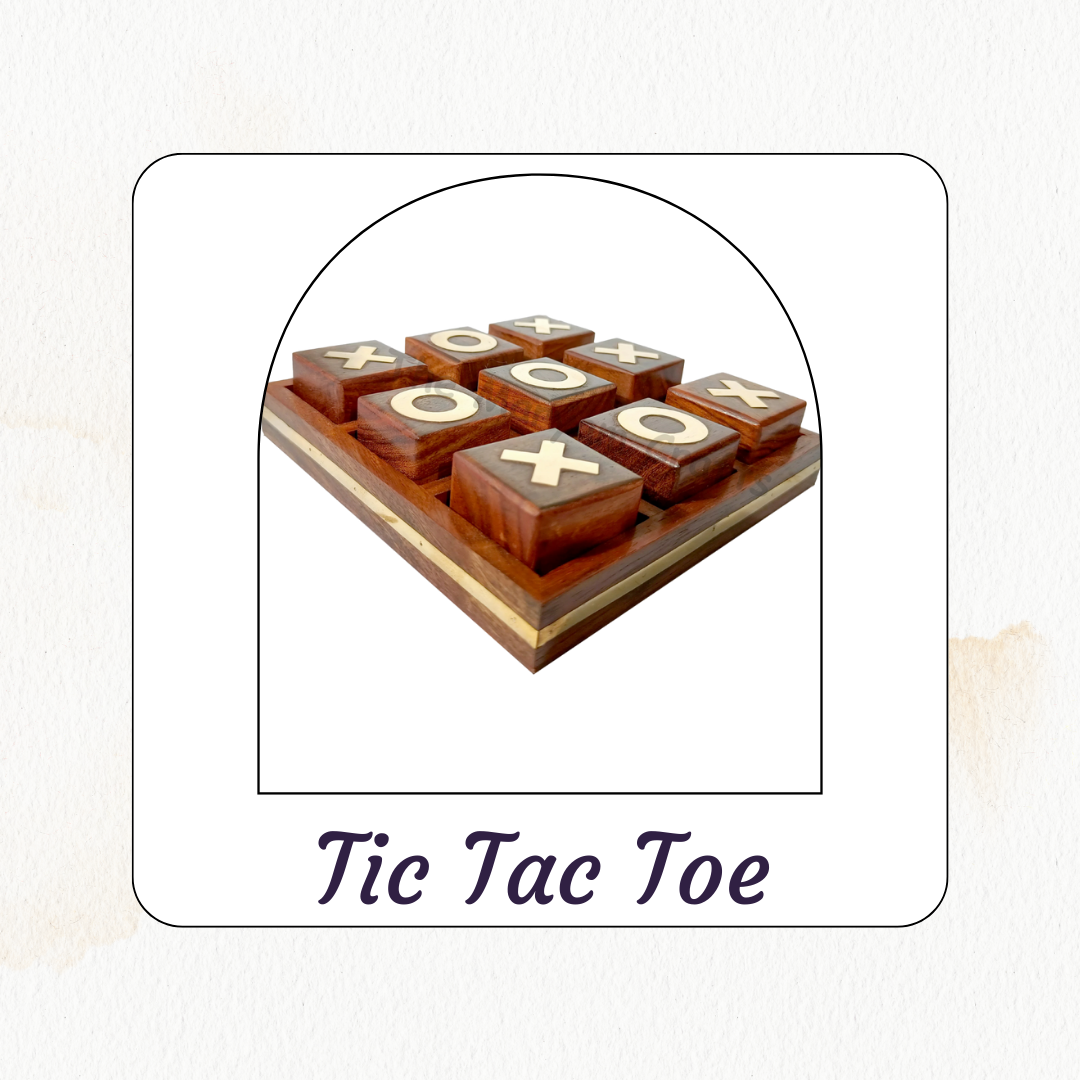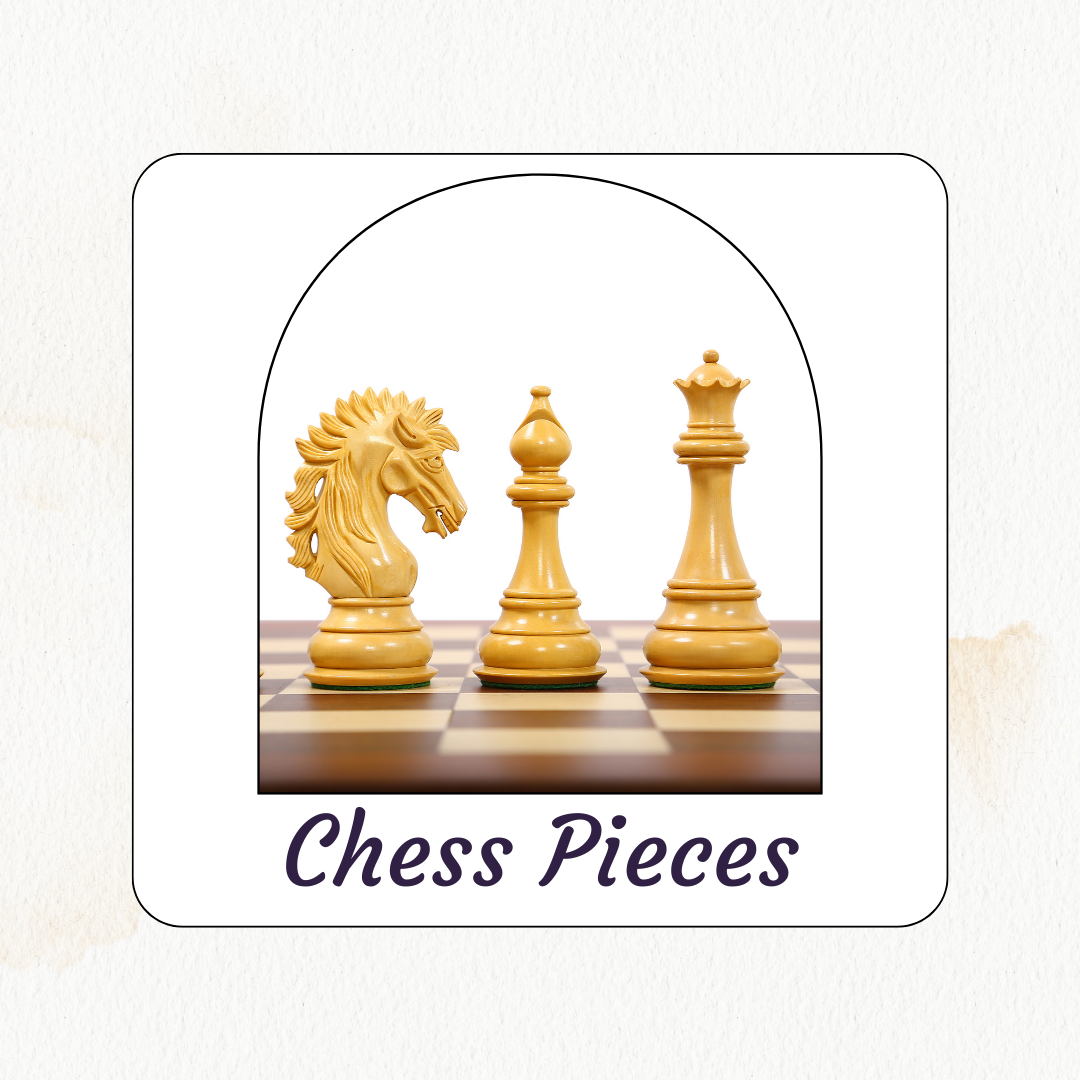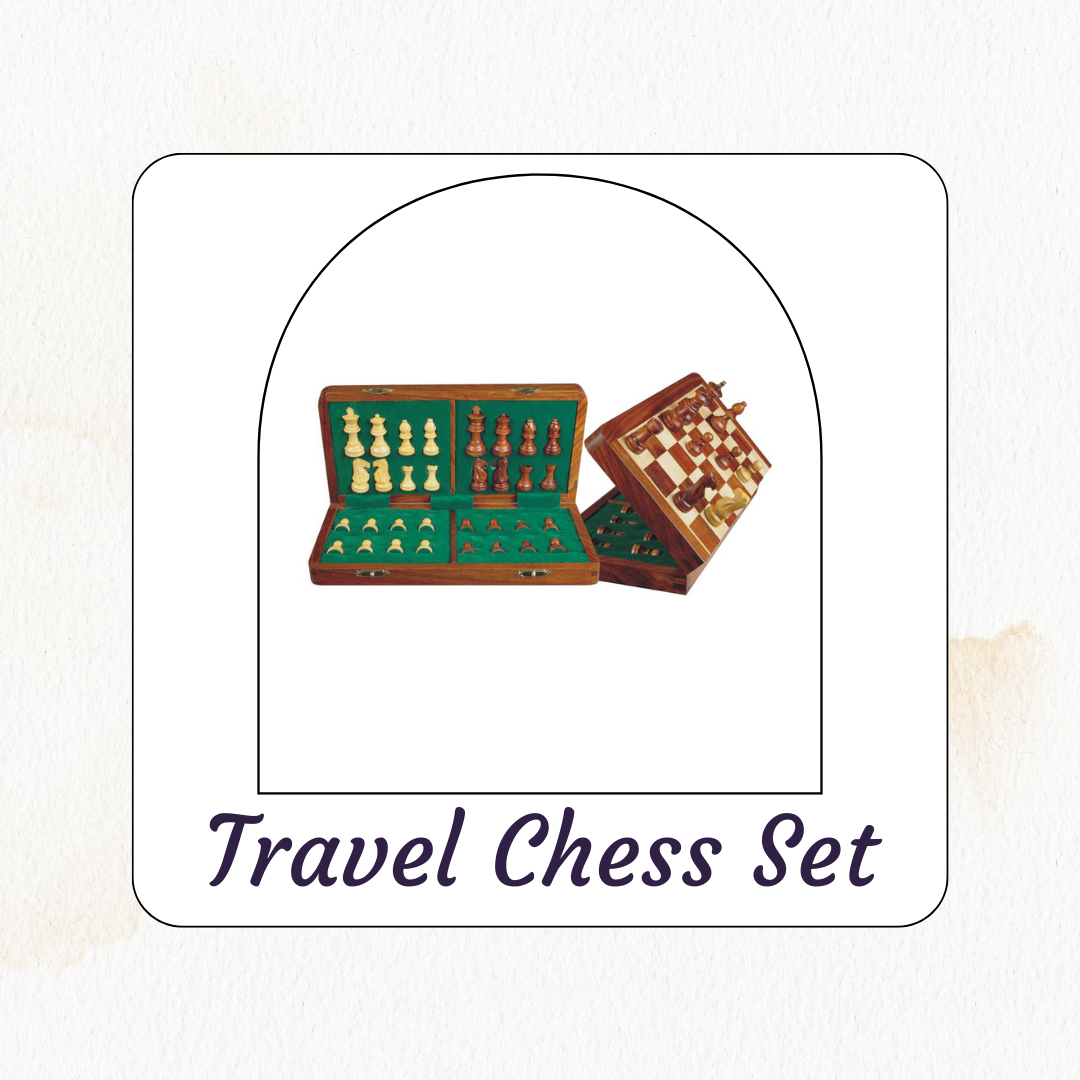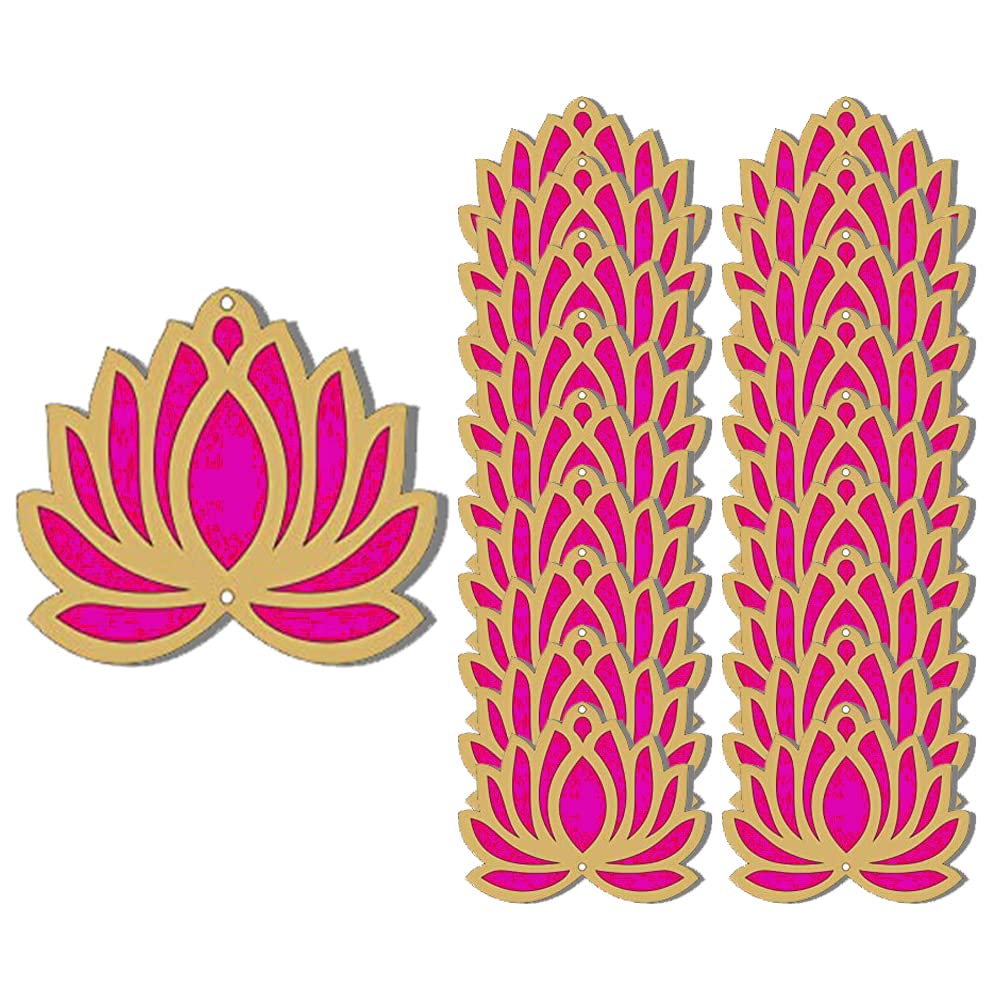Cheriyal paintings, also known as Nakashi art, are a traditional artform that originated in the village of Cheriyal in Telangana, India. These paintings are known for their vibrant colors and intricate designs, and they have been a popular art form for centuries. In this blog, we will explore the history of Cheriyal paintings, how they are made, the different variants of this artform, and why you should consider adding them to your collection.

Cheriyal paintings have a long and rich history that dates back to the 15th century. The art form originated in the village of Cheriyal in Telangana, India, which was then known as the Golconda Kingdom. The Golconda rulers were known for their love of art and patronage of artists, and it is believed that they played a role in the development of Cheriyal paintings.

Originally, Cheriyal paintings were created by itinerant artists who traveled from village to village, telling stories from Indian mythology and folklore through their art. These artists were known as Nakashis, which means "painters" in Telugu. They would set up their scroll paintings in a public place and use them to illustrate stories for the local community.
Over time, Cheriyal paintings became a popular art form, and the Nakashis began to create paintings that were not just used for storytelling, but also as decorative items. The paintings started to become more intricate, with detailed designs and vibrant colors. The art form continued to evolve, and new techniques were developed to make the paintings even more elaborate.

How Cheriyal Paintings are Made
Cheriyal paintings are made using natural colors and a unique technique called the scroll painting technique. This technique involves painting on a long piece of cloth or canvas, which is then rolled up like a scroll. The paintings are created using a mix of natural colors made from plants, flowers, and minerals. The artists use a brush made from goat hair to paint the designs onto the cloth. The designs are typically inspired by Indian mythology and folklore, and they feature characters and scenes from these stories.
Variants of Cheriyal Paintings
Cheriyal paintings come in a variety of styles and sizes. One of the most popular variants of this artform is the Cheriyal scroll painting, which is created using the scroll painting technique mentioned earlier. These paintings are typically long and narrow, and they feature intricate designs and bright colors. Other variants of Cheriyal paintings include wooden toys, name plates, melamine plates, masks, and puppets, which are also painted with Cheriyal designs.
Why You Should Buy Cheriyal Paintings
Cheriyal paintings are a unique and vibrant addition to any art collection. They are a great way to showcase Indian culture and tradition, and they make for beautiful wall hangings or home decor items. Additionally, buying Cheriyal paintings helps support the traditional art form and the artists who create them. By purchasing a Cheriyal painting, you are supporting the continuation of this ancient art form and helping to preserve it for future generations.

Today, Cheriyal paintings are recognized as a unique cultural heritage of India, and they have been given the Geographical Indication (GI) tag. The GI tag is an indication that a product comes from a specific geographical region and has unique qualities or characteristics that are linked to that region.
Despite the many changes that have taken place over the centuries, the Nakashis who create Cheriyal paintings today still use many of the same techniques and materials that were used by their ancestors. They continue to create paintings that tell stories from Indian mythology and folklore, and they are dedicated to preserving this ancient art form for future generations.

